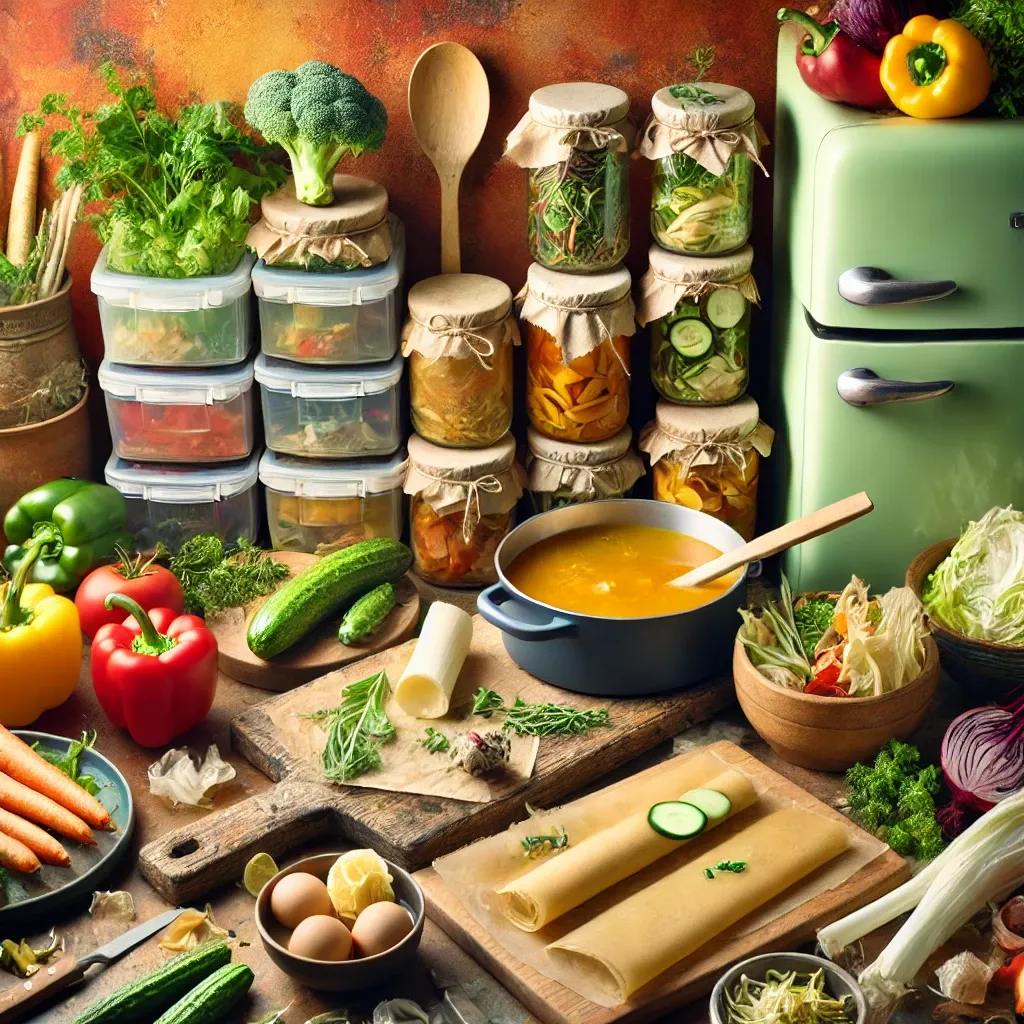
“Small acts, when multiplied by millions of people, can transform the world.” — Howard Zinn
It’s dinner time, and you’re staring at a fridge full of leftovers, odds and ends, and random ingredients that are one day away from turning.
We’ve all been there, that frantic moment of “Should I toss this?” or “Is it too late to use?” But before you hit the panic button (or worse, the trash can), let me introduce you to the magic of zero waste cooking — a journey that’s not only eco-friendly but can also save you time, money, and a lot of guilt.
What Exactly is Zero Waste Cooking?
It’s not some mystical, impossible feat, though it can feel that way at first. In simple terms, zero waste cooking means using up every bit of food you buy, minimizing what ends up in the trash. And trust me, once you get the hang of it, it’s kind of like playing a fun game of “How can I repurpose this?” — but with much better rewards.
Think of it as an evolution from seeing your kitchen as a place to cook to a creative space where even the most unlikely scraps are potential gold. And that’s where the fun begins.
1. Plan Like a Pro (But Be Chill About It)
One of the best ways to prevent food waste is to plan your meals ahead of time. But here’s the thing — don’t plan so rigidly that you freak out when life inevitably throws you off course.
Instead, create a loose meal plan that allows for flexibility. Pick recipes with overlapping ingredients, so you can use that bunch of cilantro in three different ways instead of letting it wilt in the fridge.
If you’ve ever found yourself ordering takeout because you didn’t feel like cooking the elaborate dish you planned, you’ll get me when I say: keep it simple. On nights when your energy is low, you’ll be grateful for having ingredients that can easily be transformed into a stir-fry or soup without much effort.
I once found myself with an alarming amount of potatoes after a weekend market haul — clearly, I was too enthusiastic about making homemade fries. I made a mental note: “One vegetable, three uses.” Those potatoes became mashed, roasted, and a chunky soup base throughout the week. No waste, no regrets.
2. Leftovers Are the New Gold
Never underestimate the power of leftovers. If you’re like me, you’ve opened the fridge to a few measly veggies and a little bit of rice, shrugged, and thought, “Ugh, what am I going to do with this?” Well, my friend, this is where the magic happens. Zero waste cooking thrives on improvisation.
I like to call it the “Fridge Clean-Out Stir-Fry” or the “Surprise Salad.” That half zucchini, a lonely carrot, and a handful of kale can come together into something surprisingly delicious with just a little garlic and soy sauce.
And if you’ve got a tiny bit of rice or quinoa left over? Stir it in! If that doesn’t sound appetizing, throw the veggies in an omelet, on top of pizza, or blend them into a soup. The possibilities are endless.
It’s like a cooking show in your kitchen, except you’re the host and the contestant. And the prize? Not tossing out food that was perfectly good.
3. The Freezer is Your Friend
Speaking of saving food, let’s talk about your freezer. It’s basically a time machine for food. Freezing leftovers or extra ingredients can extend their lifespan and give you some breathing room.
For example, I’ve been guilty of buying way too many herbs because they make every dish feel fancy. But instead of watching them slowly wilt into a sad pile in the corner of my fridge, I now chop them up and freeze them in ice cube trays with a little olive oil.
Those little cubes of green goodness can be thrown into soups, pasta, or stir-fries whenever I need a flavor boost.
The freezer also works wonders for bread that’s about to go stale. Pop it in there, and you’ll never have to deal with the heartbreak of tossing out half a loaf again. Trust me, future-you will be grateful when you pull out those perfect slices for toast or breadcrumbs.
4. Get Creative with Scraps
This tip might blow your mind: those food scraps you’ve been tossing out? Yeah, many of them are still useful. Vegetable peels, ends, and stems can be saved to make a flavorful broth. Got a bunch of Parmesan rinds lying around? They’re amazing for adding depth to soups or sauces.
Even apple cores and citrus peels can be used to infuse water or make homemade vinegar (yeah, that one took me by surprise too).
One weekend, I decided to experiment with turning broccoli stalks (which I used to throw out!) into a pesto. Not only was it surprisingly good, but I also felt like a kitchen wizard for turning what used to be waste into something delicious. Plus, it saved me a trip to the store.
5. Compost When You Can’t Cook
Alright, sometimes even your best zero waste efforts will leave you with inedible bits and bobs. But that doesn’t mean the end of the road for those scraps. Enter composting — a sustainable way to ensure that even when food can’t be consumed, it can still contribute to something good.
I’ll admit, I was late to the composting game. I used to feel a little guilty whenever I tossed out things like avocado pits or banana peels.
But once I learned how simple it was to compost, I set up a small bin, and now my kitchen waste has a second life — nurturing my herb garden! It’s a great full-circle moment: what I can’t use in the kitchen still finds its way back to nature.
6. Shop Smart and Buy in Bulk
The easiest way to minimize waste is to be intentional about what you bring home in the first place. Buying in bulk not only reduces unnecessary packaging (hello, plastic-free life!), but it also allows you to buy only what you need.
Got a recipe that calls for just a teaspoon of cumin? You can scoop exactly that from the bulk bins instead of buying a whole jar.
When I first started shopping at bulk stores, I felt like I’d cracked the code. I could buy just enough lentils for one soup or a few scoops of oats for the week, and I wasn’t constantly stuck with more than I could use.
Wrapping It All Up (Literally, with Beeswax!)
Finally, storing food properly is key to keeping things fresh and waste-free. Ditch the plastic wrap and invest in reusable storage options like beeswax wraps, glass containers, or silicone bags.
I was skeptical about beeswax wraps at first, but they’ve become a game-changer for keeping things like cheese and bread from going bad too quickly. Plus, they make your fridge look super cute.
Zero waste cooking isn’t about being perfect or never throwing anything away. It’s about shifting your mindset and finding small, creative ways to make the most of what you have. And guess what? You don’t have to be a professional chef to do it.
Start small — maybe save some veggie scraps this week, or try freezing those leftover herbs. Once you get the hang of it, you’ll be amazed at how satisfying it is to reduce waste and make your kitchen a more eco-friendly (and wallet-friendly!) place.
So, go ahead — play with your food. But this time, you’re playing to win.


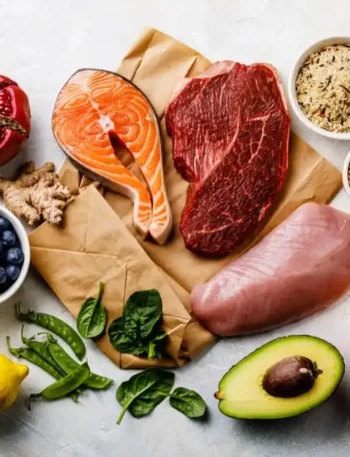
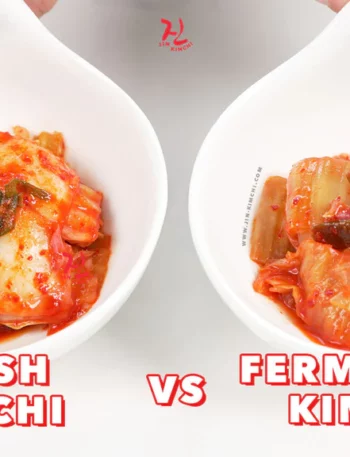

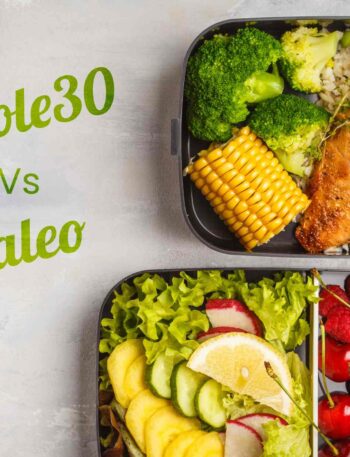
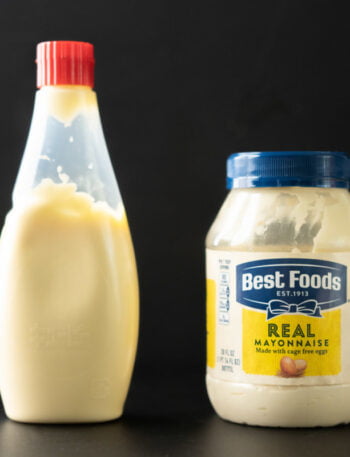
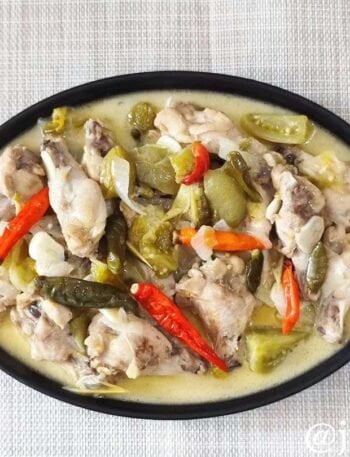
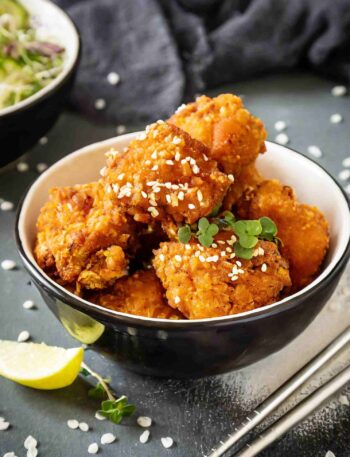
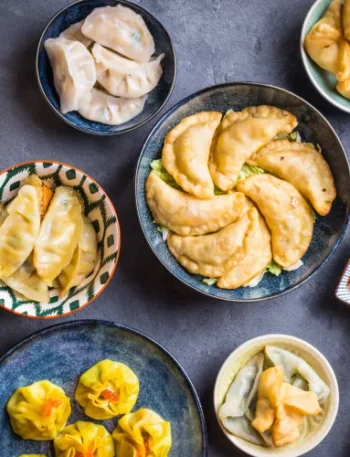
I appreciate the practical take on zero waste — especially the idea of making it a ‘fun game.’ It definitely helps shift the mindset from guilt to creativity when using up leftovers.